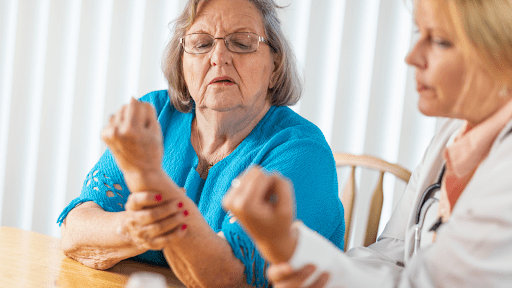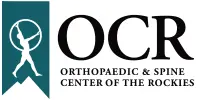
After carpal tunnel surgery, it’s imperative that you learn to properly exercise, strengthen, and use your injured hand in order to promote optimal healing. One of the top recommended therapies for post-surgery is occupational therapy. Below, we outline what occupational therapy for carpal tunnel recovery entails and how this therapy can help speed recovery from carpal tunnel surgery.
What is Carpal Tunnel Syndrome?
Carpal tunnel is a condition that happens when the median nerve, which runs from your forearm through the carpal tunnel in your wrist and to your hand, becomes compressed. This compression can cause pain and numbness in one or both hands and problems with fine motor coordination such as buttoning clothing, typing, or writing. It also can be associated with tingling, itching, and burning sensations along an affected person’s arm.
What is Occupational Therapy, and How Can it Help Me After My Hand Surgery?
The goal of occupational therapy is to assist people in doing daily tasks. The majority of us rely on our hands for our professions and daily activities.
If you are recovering from carpal tunnel surgery (also known as “carpal decompression”), occupational therapy may help you recover faster by teaching exercises that improve strength and agility while reducing discomfort during everyday activities like typing on a computer keyboard. Therapy also can help you learn to use the muscles around your hands, wrists, and forearms so that everyday activities don’t cause pain.
In occupational therapy after carpal tunnel surgery, a physical therapist or occupational therapist may do any of these things:
Mild Hand, Finger, Wrist, and Forearm Exercises
These exercises assist in strengthening the hand, fingers, wrist, and forearm. They also reduce swelling without causing damage to the incision site or stitches.
Flexing and Stretching
Finger and hand stretches aid in flexibility and inflammation reduction. To avoid aggravating the incision, they are usually modest at first. Check out our helpful Therapeutic Exercise Program for Carpal Tunnel Syndrome document for examples of stretches you can do at home to improve flexibility and help strengthen your muscles while you recover.
Strengthening Exercises
Hand exercises will become more robust as the incision heals. In addition, the muscles in the hand, fingers, wrist, and forearm will be strengthened. It’s important to keep up with your occupational therapy plan for a thorough recovery, even if you feel you may be done early.
Joint Stabilization
This may be accomplished by squeezing and stretching therapeutic putty.
Improving Range of Motion
Stretching, flexing, and exercises can help you regain your range of motion following surgery. This allows you to gradually and safely resume normal activities.
Education
Learning from an occupational therapist will help you avoid the recurrence of symptoms. For example, developing good posture and mobility habits. It may also be beneficial to invest in more ergonomic equipment if you use a computer for work or find yourself typing or writing at a desk often. These devices can help position your arm, wrist, and hand in a way that will help prevent future median nerve compression.
What Makes a Hand Therapist Different?
Hand Therapists aren’t your everyday physical or occupational therapists. They must receive a Certified Hand Therapist (CHT) credential before practicing as a certified hand therapist. To obtain a CHT, they must:
-
- Have a minimum of three years of clinical experience, including 4,000 or more hours in the direct practice of hand therapy.
- Successfully passed a comprehensive test of advanced clinical skills and theory in upper quarter rehabilitation.
- Be recertified every five years by demonstrating continuous professional development and competency
Occupational Therapy (Hand) in Northern Colorado
We offer a variety of hand therapy services and have large, well-equipped gyms and private treatment rooms in four of our Northern Colorado Locations and our hand therapists are all specialists in hand and upper extremity disorders, including carpal tunnel syndrome. Gyms are located at the Fort Collins, Loveland, Longmont, and Lafayette clinics. We have a variety of specialized equipment to help our therapists progress your program in the most efficient way possible.
If you have questions about our techniques or your home exercise program, please contact us. We want you to be fully informed so you can participate actively in your recovery from injury or surgery!
